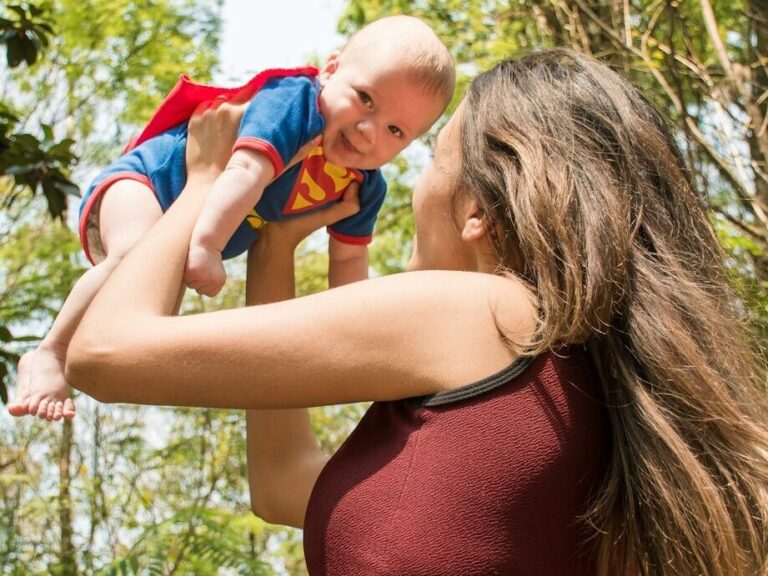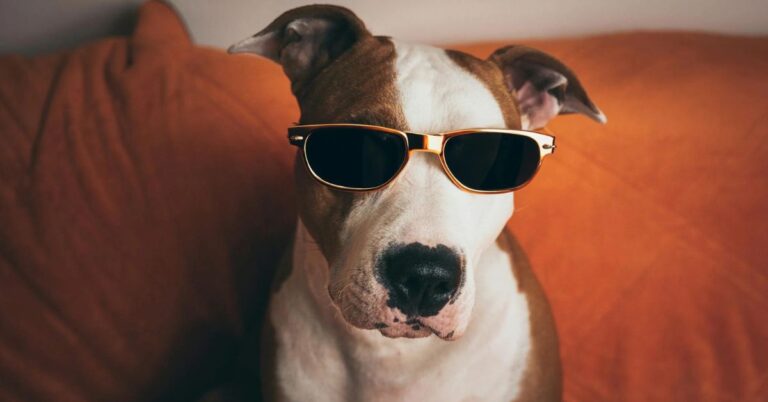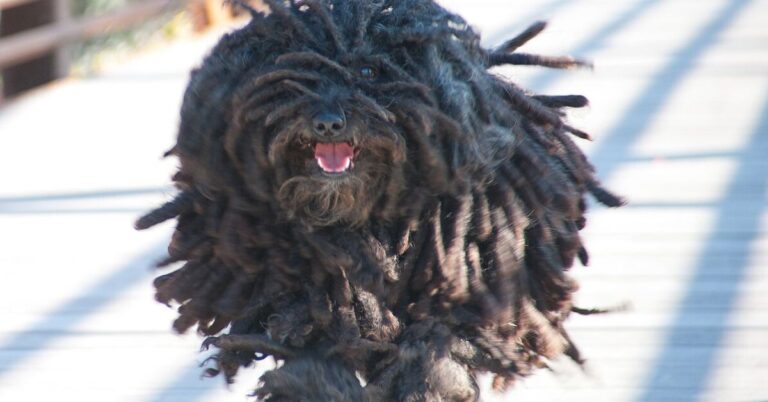15 Behaviors You’re Misreading in Your Dog
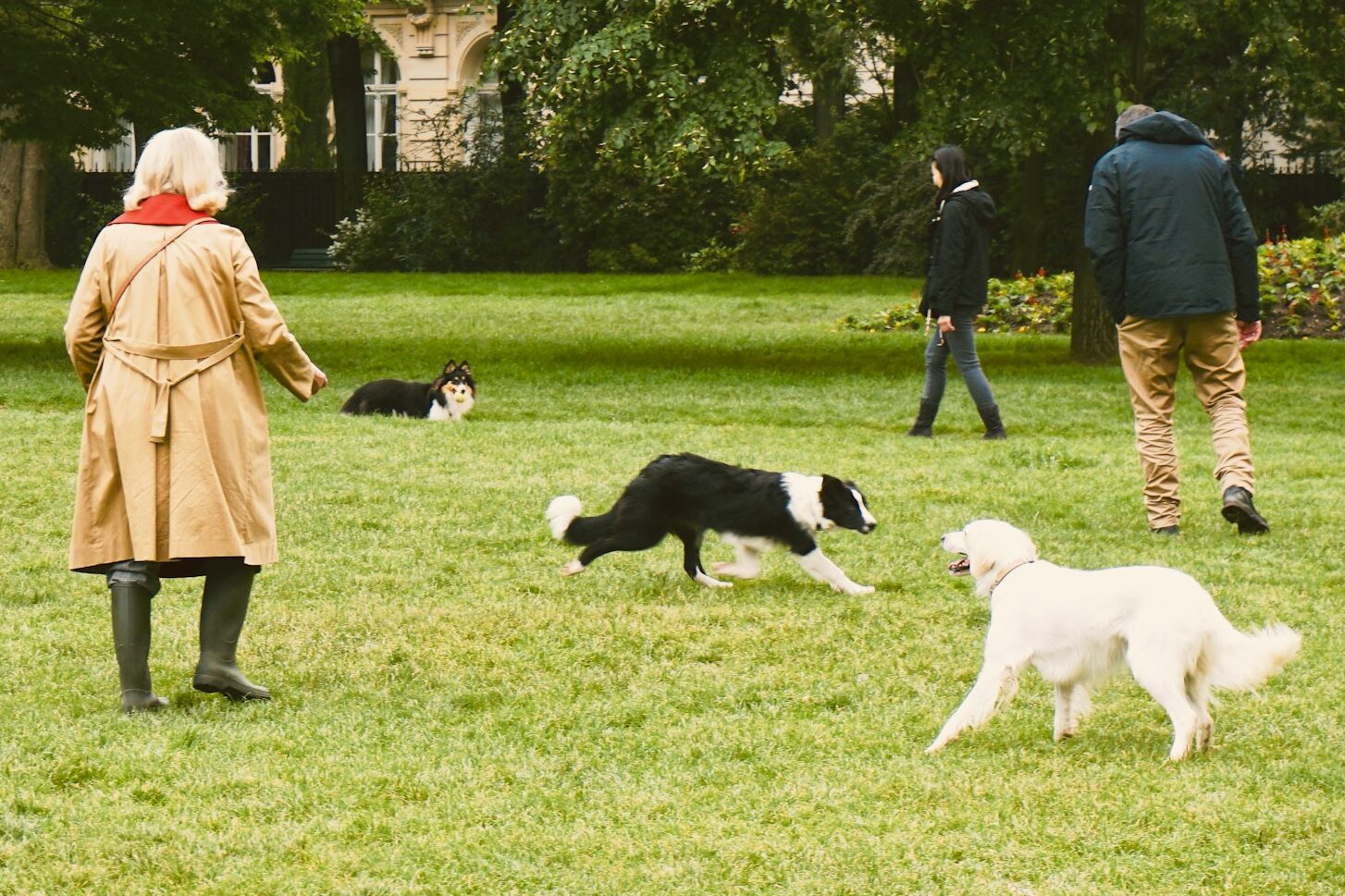
Dogs don’t explain themselves. They act, we guess—and sometimes we guess wrong. What seems cute, annoying, or even aggressive could mean something totally different once you look at it from their side. They’re not trying to confuse you. But they speak a different language, and if you’re not paying close attention, you’ll miss what they’re actually saying.
Yawning during calm moments
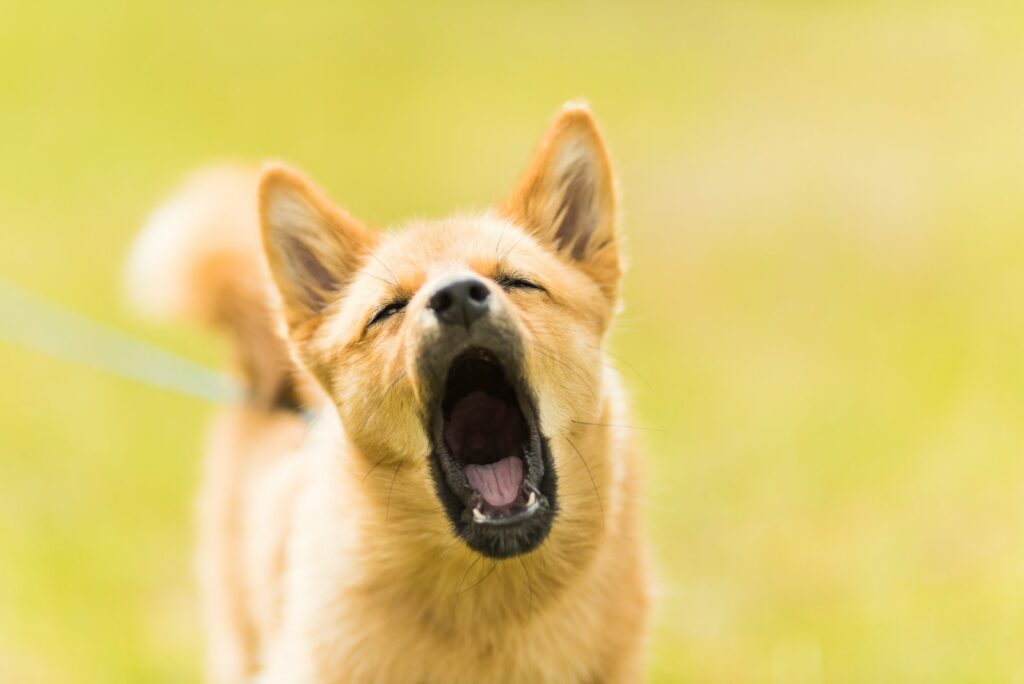
You think they’re tired, but they’re not. Dogs yawn when they’re uneasy. Maybe the energy feels tense, or someone got too close too fast. It doesn’t mean they’re bored or ready for bed. It’s more of a reset button. Watch what happened right before the yawn. That’s usually where the discomfort came from. Some dogs even yawn repeatedly when they feel trapped or overwhelmed by too much activity.
Leaning against you
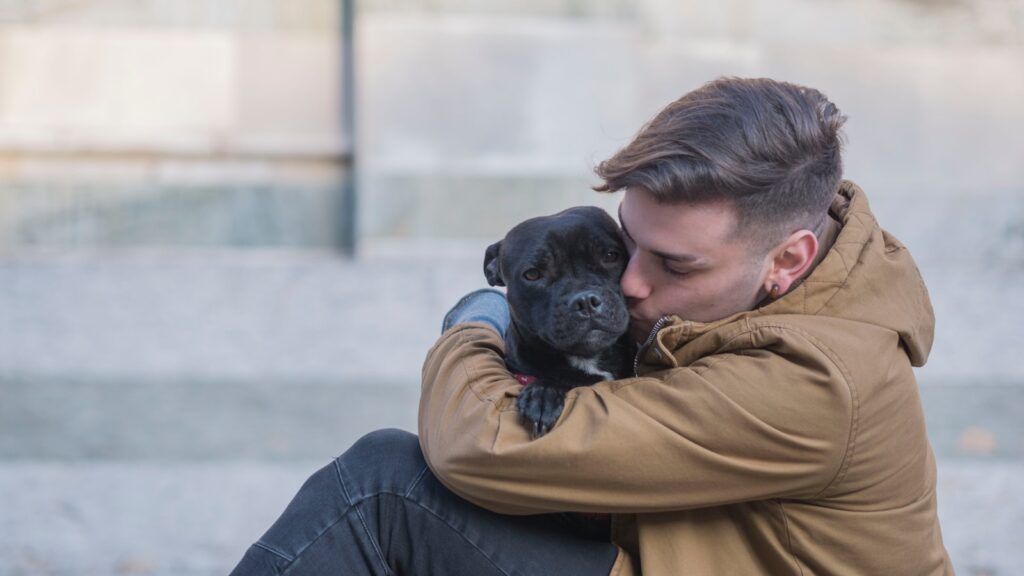
It feels sweet—like a hug. But it’s not always affection. Sometimes, they lean on you because they’re unsure of the space or the people in it. They’re grounding themselves. It’s a quiet way of saying, “I’m not sure about this. Can I stay close?” It’s still trust, but it’s not always confidence. You’ll notice it more in unfamiliar places or when guests are around, and your dog sticks to your leg like glue.
Sitting near you but not touching
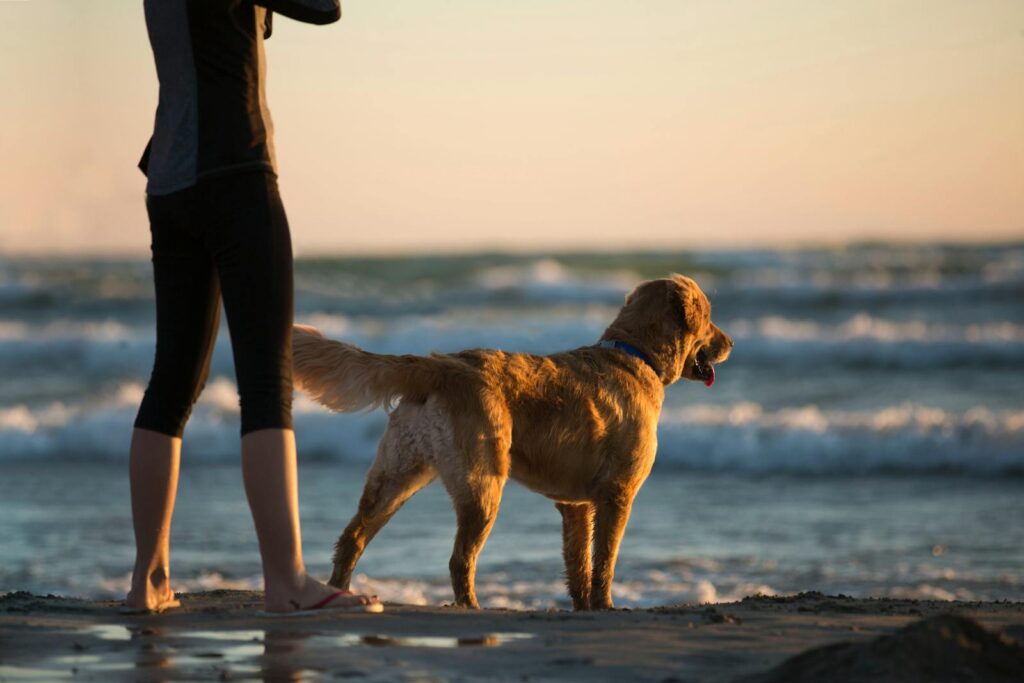
You might wonder why they won’t curl up in your lap like other dogs. But sitting nearby without contact can still be their version of closeness. Some dogs just don’t want to be smothered. They still want to be near. Don’t assume distance means disinterest—it’s sometimes how they stay connected without feeling crowded. Some dogs are more independent by nature, and this quiet closeness is their way of showing comfort without needing to touch constantly.
Licking the air
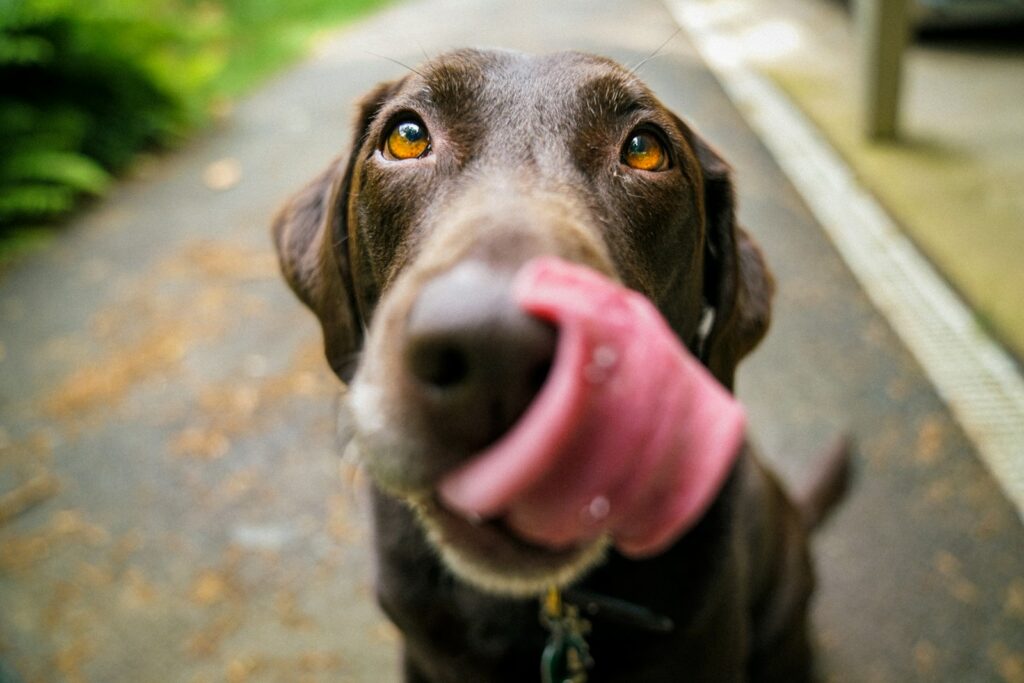
It looks odd. There’s no food, no treat, nothing on their nose. But licking at the air is often a sign they’re nervous. Maybe someone new just walked in. Maybe you raised your voice a few minutes ago. It’s not random. It’s their way of trying to soothe themselves when something feels off. It can also happen in new environments or around unfamiliar animals, especially if they’re unsure of the energy in the space.
Avoiding eye contact

You call them, they look away—and it feels like they’re ignoring you. But that look-away is often their way of de-escalating tension. In dog language, direct eye contact can feel intense. When they glance off, they’re not being disrespectful. They’re trying to keep things calm between you. Puppies often do this even more as they learn what feels safe. Over time, they might become more comfortable, but some always prefer soft focus.
Zoomies after a stressful event

They just got back from the vet or met a new dog, and suddenly, they’re sprinting across the house. It seems happy, but it’s often a release. Dogs dump built-up stress through movement. It’s not always play—it’s recovery. That burst of speed helps them shake off the pressure they are holding on to. Watch the timing—zoomies right after something intense usually mean they’re coming down from stress.
Scratching when nothing’s itchy
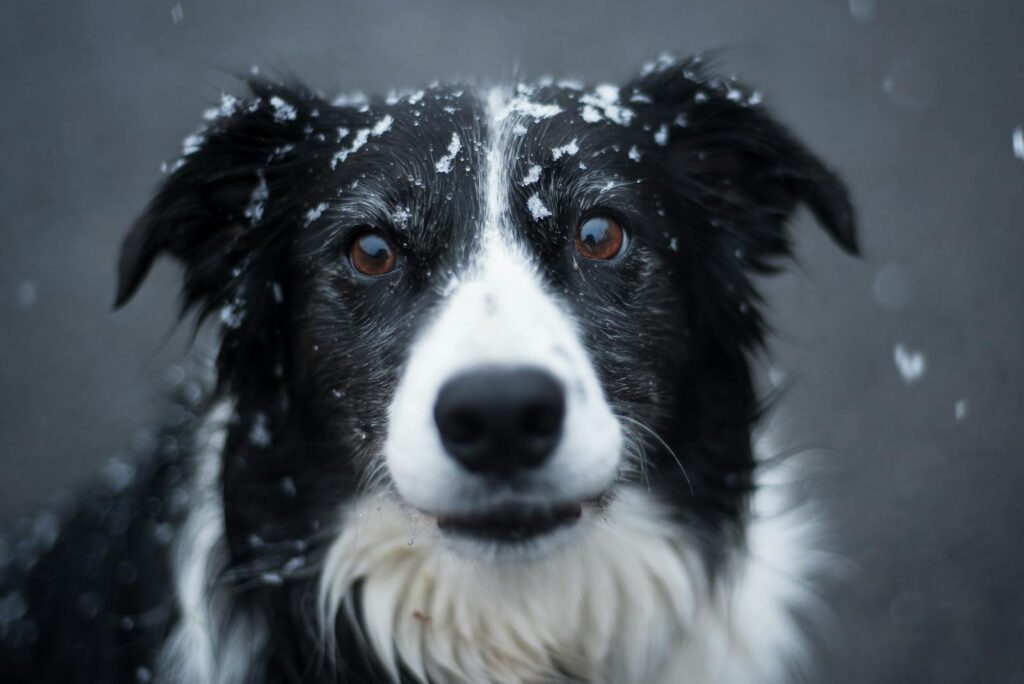
They’re not always scratching because of fleas or dry skin. If it happens right after a loud sound or an unfamiliar person shows up, they might just be nervous. Dogs sometimes scratch or shake off tension like a reflex. It’s easy to miss, but it’s often tied to the moment—not their skin. A quick shake or rub behind the ears is their way of trying to reset and feel balanced again.
Showing their belly and staying stiff

They roll over, show their belly—and you assume they want a rub. But if their body is tense or their mouth stays shut, it’s not an invitation. Some dogs do this when they’re overwhelmed. It’s appeasement, not trust. Watch how they move. A soft body says, “Pet me.” A frozen one says, “Please don’t.” Reading their whole posture matters more than assuming based on the belly alone.
Pacing the room
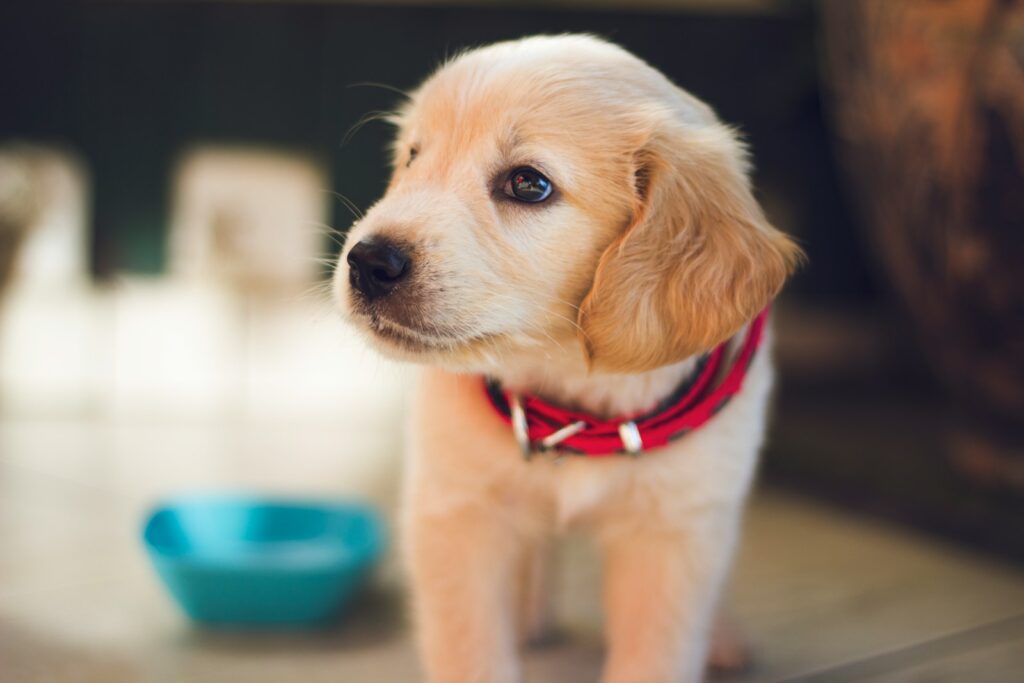
It might look like restlessness or stubbornness, but pacing often means your dog is trying to figure out what to do. Maybe they don’t understand the situation. Maybe something just changed. They’re looking for clues. It’s not a lack of obedience—it’s confusion in motion. You’ll see this happen when guests arrive, schedules shift, or a routine gets interrupted. They’re sorting things out the only way they know how—by moving.
Stopping suddenly on a walk
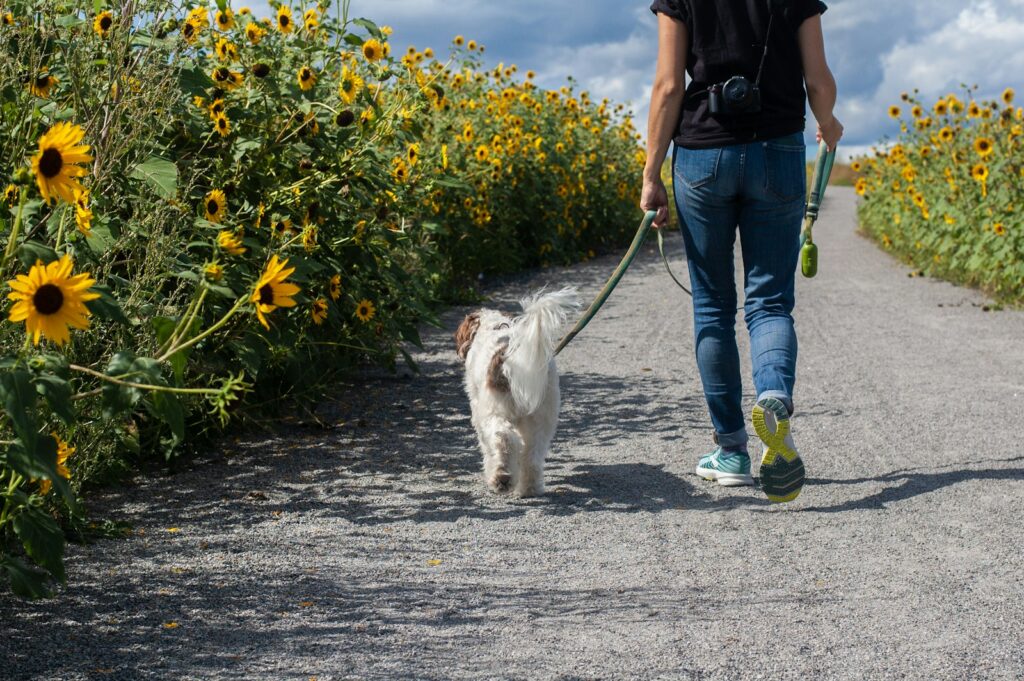
You’re halfway through the route, and they just stop walking. It’s tempting to tug the leash or assume they’re being difficult. But dogs pause when something around them doesn’t feel right. A smell, a sound, or even an off mood from you. They’re not trying to be stubborn. They’re taking in the moment. Give them a second. For some dogs, standing still is their way of checking the world before continuing.
Whining at the door

Not every whine means “let me out.” Sometimes, it means “I hear something” or “I’m unsure about what’s out there.” If they whine but don’t bolt when the door opens, they weren’t waiting to leave. They were asking for reassurance. The sound was their way of checking in with you. Dogs that do this regularly might be using the door as a lookout, not a request to go.
Panting indoors when it’s not hot
You haven’t been running. The weather’s fine. But your dog is panting and won’t settle. That’s often stress—not heat. Something feels off to them. It could be a sound you didn’t notice or a tension they picked up. They’re trying to calm their body with breath. That heavy breathing is often their first visible stress signal. You might also notice them pacing or licking their lips when this happens.
Staring without blinking
Some dogs stare when they’re relaxed. But a fixed, unblinking look—especially with a tight mouth—can mean they’re watching something that feels threatening. It’s not always aggression, but it’s definitely alert. Look at the rest of their body. Loose muscles? Probably fine. Stiff tail, closed jaw? That stare means something’s building. This often happens when they’re unsure about a visitor or waiting to see what you’ll do next.
Barking at nothing
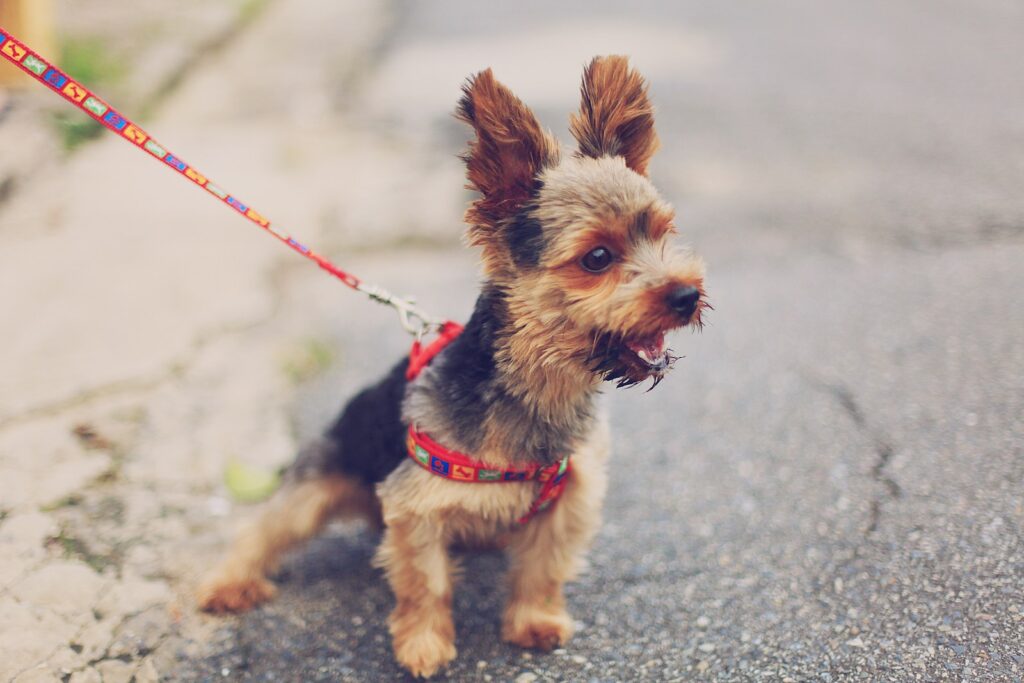
You look outside—there’s no one there. But your dog won’t stop barking. It’s easy to call it “barking at nothing,” but usually, they’ve seen or heard something you didn’t. A flicker of movement. A smell. A shift. They’re not making it up. You just weren’t quick enough to catch the same thing. If it keeps happening in the same spot, they’re picking up on something you’re missing.
Licking you nonstop
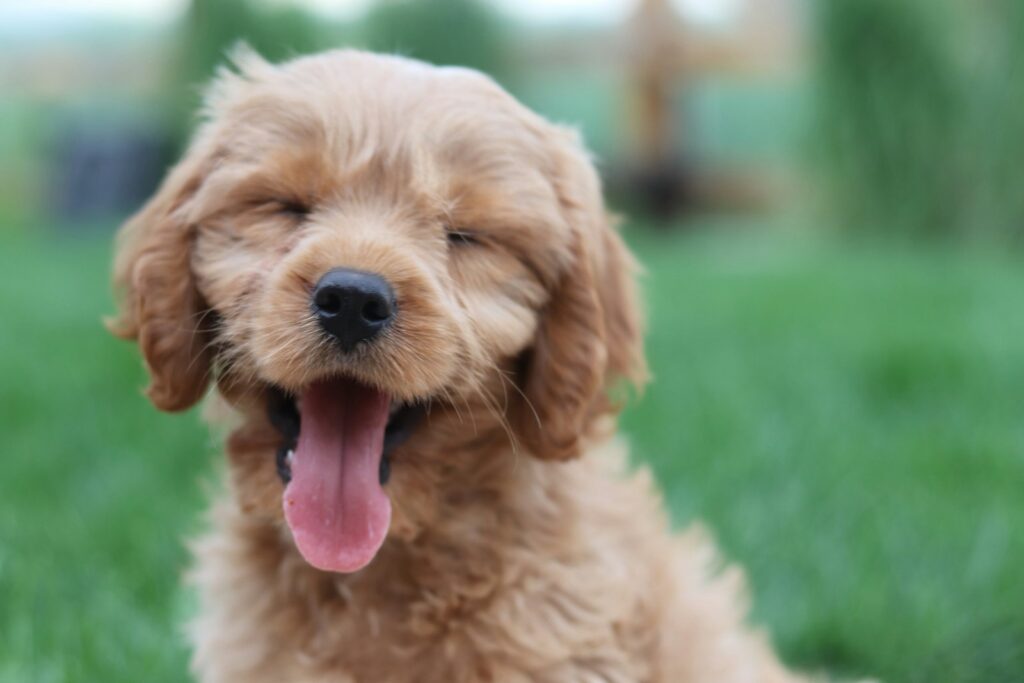
Some dogs lick because they love you. Others lick because they’re anxious. If the licking is focused, repetitive, and doesn’t stop when you gently pull away, it’s probably not affection—it’s regulation. They’re trying to calm themselves. It might mean they’re not fully settled, even if everything looks normal. It usually signals that something in the environment or routine needs to shift.


